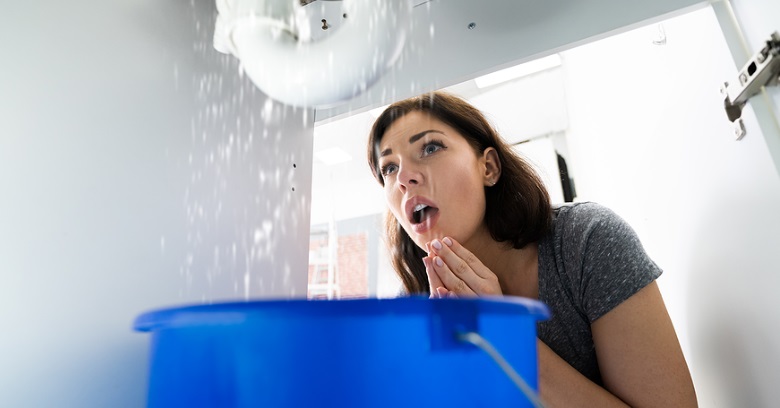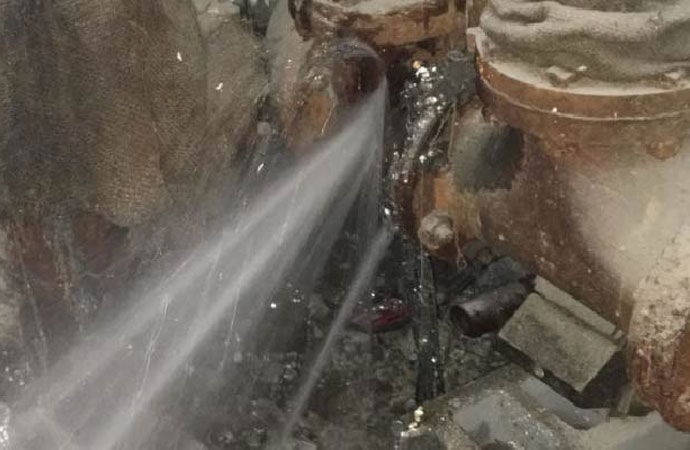Quick-Response Plumbing: Tips for Identifying as well as Fixing Ruptured Pipes
Quick-Response Plumbing: Tips for Identifying as well as Fixing Ruptured Pipes
Blog Article
On this page down the page you will discover a good deal of wonderful insights all about How to Prepare for Your Dishwasher Installation.

A burst pipeline is a significant emergency; you can just stand as you view water you pay dearly to reunite with the planet. In even worse situations, you observe a pool on your cooking area flooring, which is a wonderful trip hazard, especially if you have youngsters around. If the pipeline that burst was in your wall surfaces, problem: you may need to paint that whole section.
How can a tragedy like a ruptured pipe be prevented and also handled? Well, by listening to your professional emergency plumbing professionals as well as following these regulations.
Exactly how do I know when my pipelines have ruptured?
Varying water pressures
Pipelines do not just burst in a day. You might have observed that your kitchen area faucet or shower doesn't run immediately when you transform the faucet. It might stop for a few secs and after that blast you with more pressure than typical.
In various other circumstances, the water may appear normal in the beginning, then drop in stress after a few secs.
Wet wall surfaces and water discolorations
Before a pipeline bursts, it will certainly leakage, most times. If this consistent leaking goes undetected, the leak might graduate right into a wide tear in your pipe. One very easy way to prevent this emergency is to look out for damp walls advertisement water stains. These water spots will lead you right to the leakage.
Puddles under pipelines as well as sinks
When a pipeline bursts, the discharge forms a pool. It may show up that the pool is growing in dimension, and despite how many times you wipe the pool, in a few mins, there's another one waiting to be cleaned up. Often, you may not have the ability to trace the pool to any kind of visible pipelines. This is a sign to call an expert plumber.
Untraceable trickling noises
Pipeline ruptureds can happen in one of the most undesirable places, like within concrete, inside wall surfaces, or under sinks. When your house goes silent, you might have the ability to hear an irritatingly persistent dripping sound. Also after you have actually checked your shower head as well as cooking area faucet, the dripping may proceed.
Beloved reader, the dripping might be originating from a pipe inside your walls. There isn't much you can do regarding that, other than inform an expert plumber.
Turn off the Water
When water ices up, it increases in volume by regarding 9 percent. As well as it increases with tremendous force: The pressure inside pipelines might go from 40 extra pounds per square inch to 40,000 psi! No pipe can hold that much pressure, so it breaks open. The break might take place where the ice kinds, but more frequently, it happens where water stress locates a weak point in the pipeline. That might be inches or perhaps feet from the icy area. Discover the water shutoff valve and also turn off the water to prevent more damage. You may likewise require to shut down the electricity as well, depending on where the leaks happens as well as exactly how huge it is.
Infected water
Many individuals think a ruptured pipe is a one-way outlet. Quite the contrary. As water flows out of the hole or gouge in your plumbing system, pollutants find their way in.
Your water may be contaminated from the source, so if you can, inspect if your water storage tank has any type of issues. Nevertheless, if your drinking water is supplied and purified by the city government, you should call your plumber instantly if you see or smell anything funny in your water.
What do I do when I spot a burst pipeline?
Your water meter will certainly remain to run also while your water wastes. To lessen your losses, discover the primary controls as well as turn the supply off. The water mains are an above-ground structure beside your residential property.
How to Fix & Detect a Leaking Pipe
How Do I Know if a Pipe is Leaking?
Leak detection tests can help you determine if your pipe has a leak. Even if you don’t see an apparent leak, you should still conduct leak detection tests regularly to save water and money—and prevent major damage to your home.
Water meter. It can be helpful to figure out what your usual water meter usage numbers are and then monitor them regularly. To monitor your meter, first, turn off all water faucets in your home. Check the meter and write down the numbers. In a few hours, check the meter again. If the numbers have changed, you have a leak. Water gauge. Use a water gauge to test your water pressure. Your showerhead should produce a certain amount of water pressure based on its model and design. If the pressure is lower than it is supposed to be for that specific showerhead, your home likely has a leak. Puddles. Look inside your bathroom, laundry, and kitchen sink cabinets. Puddles around the cabinets or around toilets, tubs, showers, and washing machines indicate the presence of a leaking pipe. You may also notice loose tiles, peeling or flaking paint, or mold caused by water accumulation. Napkin test. Even if you don’t see any puddles, you may still have a leak. You can test for water leaks in the bathroom, laundry, and kitchen by wiping below-sink connections with a napkin, paper towel, or piece of toilet paper. If it becomes damp, you probably have a leaking pipe under the sink. Discolored walls. Walls that are discolored—usually with brown or yellow stains—or bulging might mean that they have been impacted by water damage caused by a leaking pipe. Smell. A leaky pipe will create sitting water, and over time, that water may develop a musty smell. If your home smells musty, but you can’t locate the source, it may be due to a leak. Steps for Fixing a Leaking Pipe
A leaky drain can be remedied by tightening the pipe base, replacing the drain seal, caulking the rim, and tightening the pipe nut. Similarly, a leaking toilet pipe can be treated by tightening the packing nut. You may also need to replace the valve. A leaky faucet may just need tightening or replacement of the washers. If that doesn’t work, consider replacing your faucet. If your pipe has a hole in it, you may want to use a pipe leak sealer or pipe leak tape. This quick fix for water pipe leaks can also temporarily fix a copper pipe leak. https://www.ahs.com/home-matters/quick-tips/how-to-tell-if-pipes-are-leaking/

Hopefully you enjoyed reading our excerpt on How to install a dishwasher safely. Thanks for taking the time to read through our posting. Remember to take a moment to distribute this blog posting if you enjoyed reading it. Thanks a bunch for your time. Visit again soon.
Schedule Now
Report this page